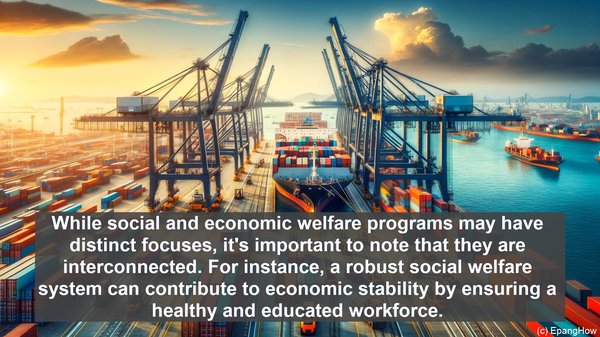Introduction: The Essence of Welfare Programs
Before we embark on the comparison, let’s establish the fundamental purpose of welfare programs. These initiatives are designed to provide support and assistance to individuals and families who may be facing various challenges or require additional resources to meet their basic needs.
Social Welfare Programs: Fostering Social Equity
Social welfare programs primarily focus on addressing the social dimensions of welfare. They aim to reduce inequality, promote social justice, and ensure that vulnerable groups have access to essential services. Examples of social welfare programs include healthcare initiatives, educational grants, and housing assistance.

Economic Welfare Programs: Nurturing Financial Stability
On the other hand, economic welfare programs concentrate on the financial aspects of welfare. Their goal is to enhance economic stability, uplift communities, and create opportunities for economic growth. Economic welfare programs often involve measures such as job training programs, unemployment benefits, and business development grants.

Interconnectedness: The Overlapping Nature
While social and economic welfare programs may have distinct focuses, it’s important to note that they are interconnected. For instance, a robust social welfare system can contribute to economic stability by ensuring a healthy and educated workforce. Similarly, economic growth can lead to improved social conditions. Therefore, a comprehensive welfare framework often incorporates elements from both social and economic programs.
